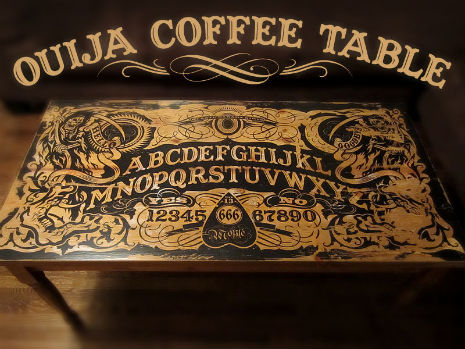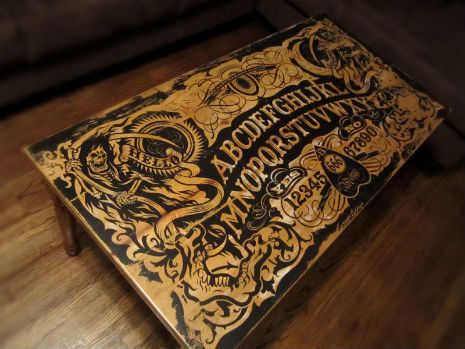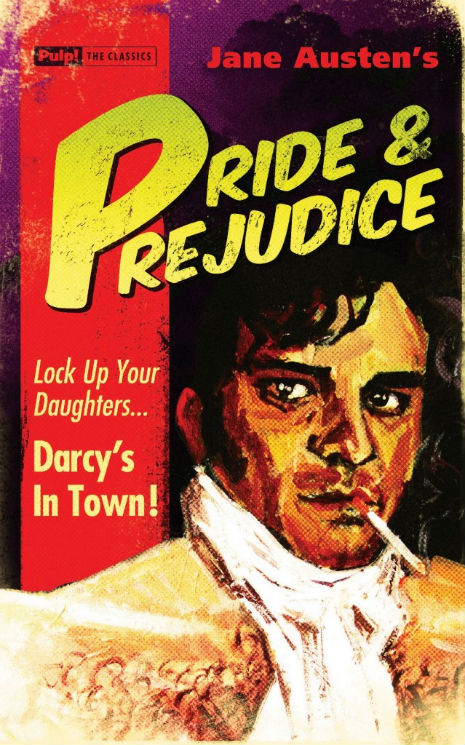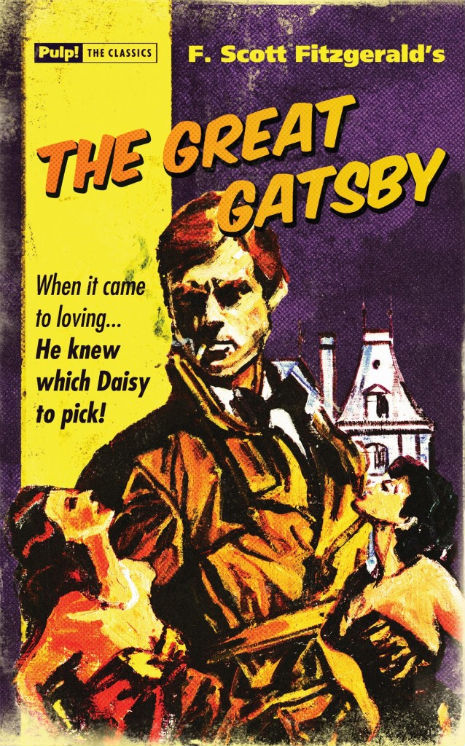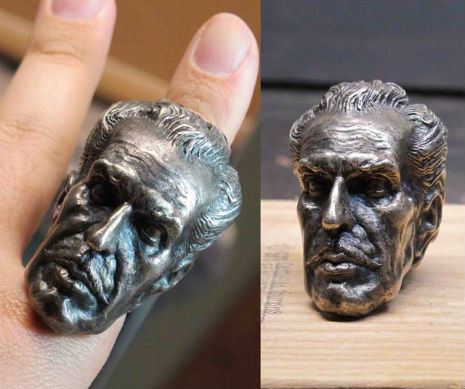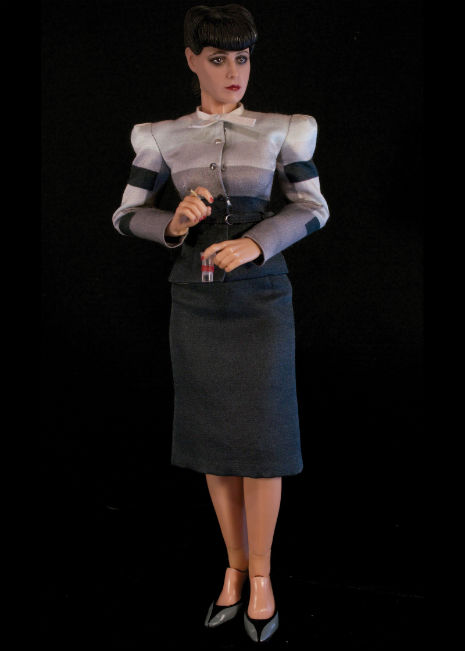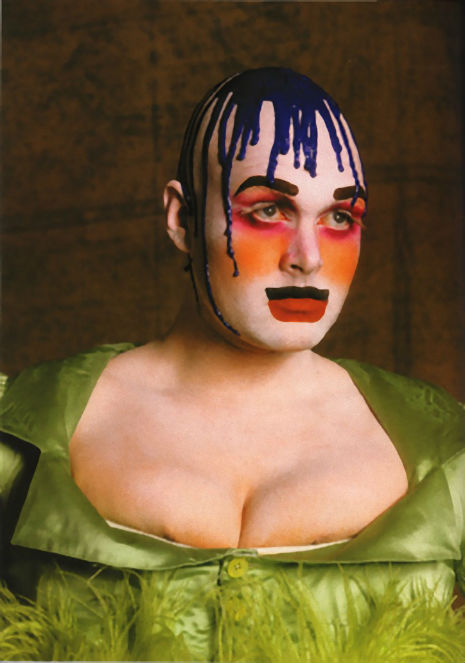
I hereby confess: I’m a recovering art school grad. I’ve spent more hours and tuition than I’d care to recount in life drawing and portrait classes, trying to hone my ability to render a figure or a likeness. More recently, I’ve even hopped the Dr. Sketchy and Drink & Draw trains, and yet, to this day, I still can’t draw hands for shit. Before, and even many times since the advent of reference models online, I’ve used the classic wooden articulated figures that artists have used since approximately the invention of pencils. If a picture isn’t forming in your mind, Dada/Surrealism leading light Man Ray featured them in a series of photos in the 1940s.

Real mature, there, Manny.
But as you can see, they have plenty of limitations. You can get the basics of a pose from them, but come on, nobody looks like that. Nobody has a honeydew melon for a shoulder or a Magneto helmet for a head. But necessity being the mother of invention, someone has at long last addressed this glaring deficiency in this most basic artist’s tool. Via RocketNews24, meet S.F.B.T.-3 (Special Full-action Body Type v.3).

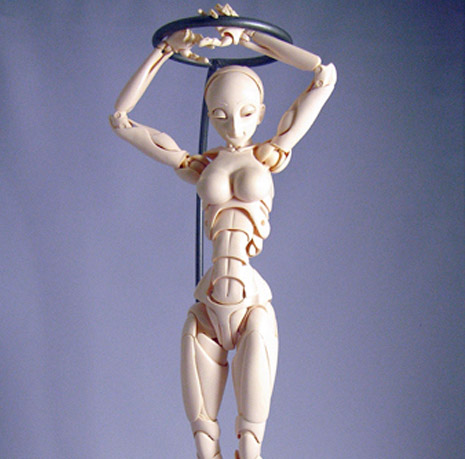
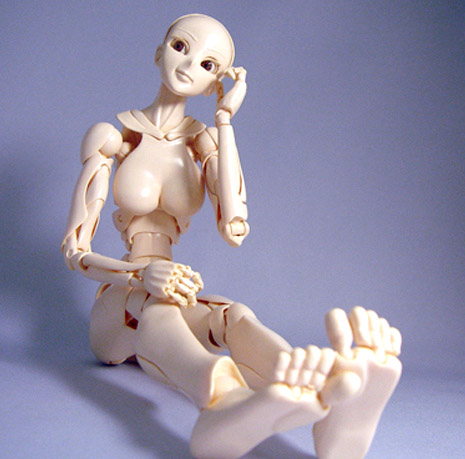
Ten years in the making, this girl has 80 moveable parts in her body, allowing for an unprecedented number of poses and anatomical designs. We take a look at the doll’s amazing details and see how it performs in some popular anime poses for the illustrator’s eye.
Manufactured in Japan by Dolk Station (the site’s in Japanese, sorry), it has articulated eyeballs and toes, for God’s sake. Hans Bellmer may be bonering in his grave. There’s a write-up at CrabFu Artworks, and it’s a very favorable review. Understandably so. The attention to realism in the musculature is astonishing. The big downsides are that the slender female that looks like a much friendlier and somewhat more human version of the creature from Splice is the only body type available, and it’s priced at an ouch-worthy $300, and that’s before international shipping. But still, its mere existence is a start - there may be hope for my hand-eye coordination, yet.






